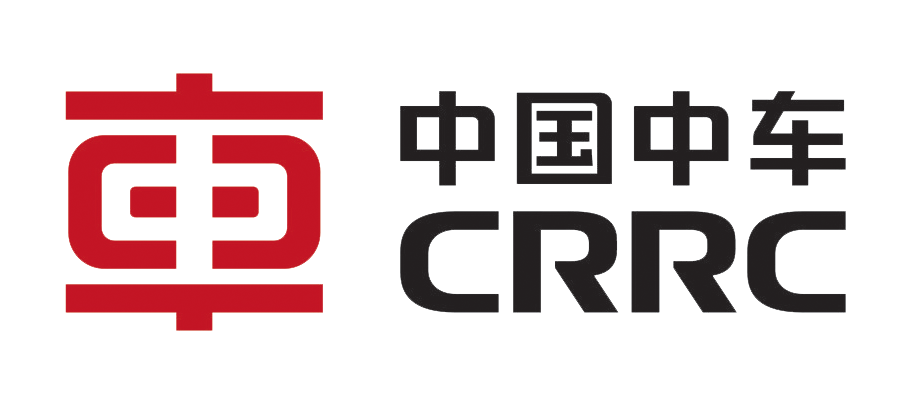LIBRARY
Optimal Capacity and Placement of Microgrids for Resiliency Enhancement of Distribution Networks Under Extreme Weather Events

Microgrids consist of different distributed energy resources (DERs), which can be distributed generation systems (DGs) and/or electric energy storage (ESS) systems, as well as end-users of electricity and/or heat, as shown in Fig. 1. A microgrid can work in either a grid-connected mode or an islanded mode. In the islanded mode, DERs within the microgrid feed only the microgrid's loads; while in the grid-connected mode, they can also contribute to serving grid loads. In the case of undergoing an extreme event, islanded mi- crogrids can temporarily connect to the grid to take part in restoring its critical loads while serving their own end-users.






























































































